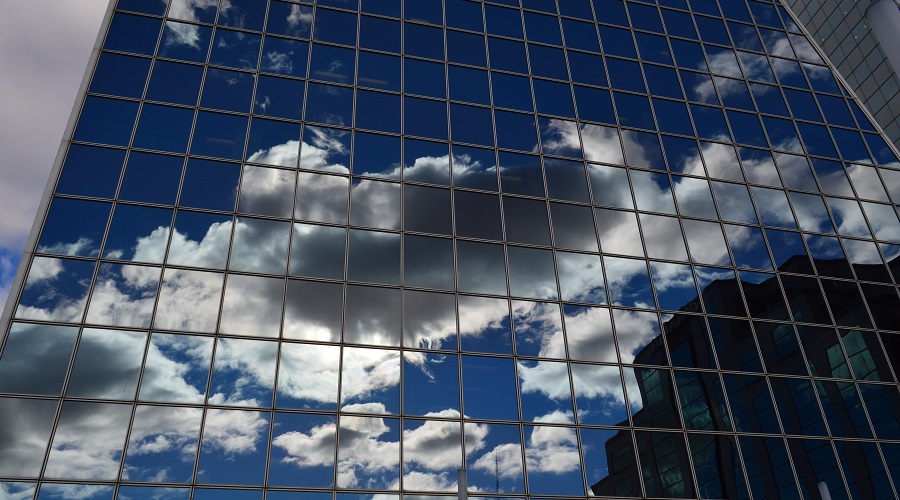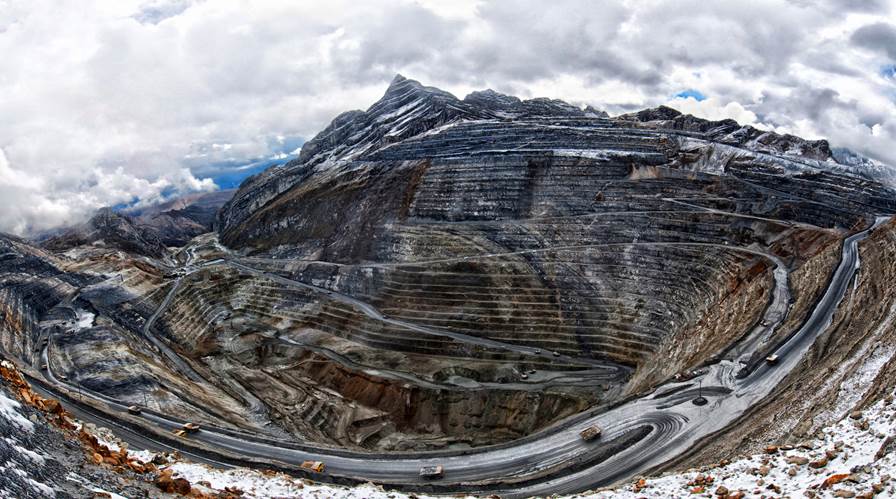Perovskite-based windows allow for massive energy savings – study

New research by the National Renewable Energy Laboratory found that the use of thermochromic windows in office buildings improves energy efficiency across all climate zones in the United States by modulating the temperature inside, leading to massive savings. Such savings are the result of requiring less heating energy for highly glazed office buildings in cold or seasonal climates.
Thermochromic windows based on the use of perovskite materials to absorb energy from the sun shift from transparent to a visibly absorbing or reflecting state. The technology mitigates heating loads in warm climates and cooling loads in colder regions.
In a paper published in the journal Advanced Energy Materials, the scientists that conducted the research explain that they relied on the modelling software PVwindow and used as their model building a 12-story structure with a window-to-wall ratio of 95%.
They simulated energy use in the building in 15-minute intervals for a year in eight climate zones across the country, covering Hawaii, Arizona, California, Colorado, New York, Wisconsin, Minnesota, and Alaska. They determined that thermochromic double-pane windows improved building energy efficiency over double-pane windows in each zone; energy savings were greater in colder regions, and thermochromic double-pane windows outperformed even triple-pane windows in the hottest climate zones.
The researchers noted that in colder climates triple-pane windows provided more energy savings than thermochromic double-pane windows, but adding a thermochromic laminate to create a triple-pane window provided the most annual energy savings compared to the highest efficiency double-pane windows.
The thermochromic windows are triggered by temperature, and the researchers calculated the ideal transition temperature falls in the range of 20–27.5 degrees Celsius.
“If the transition temperature is too high, then the window may not save energy, and buildings are better off with static windows,” Lance Wheeler, the project’s principal investigator, said in a media statement. “It is interesting that this range is valid across many different climates, from northern Minnesota to southern California. This is because dynamic windows reduce solar heat gain in the summers to save air conditioning, and they also increase solar heat gain when heat is needed in winters.”
Wheeler and his colleagues coupled the modelling with experimental work and demonstrated a perovskite film sandwiched between two layers of glass. The thermochromic switching was proved durable for 200 cycles.
“We were able to significantly reduce the transition temperature in the lab to match the predicted ideal temperature,” Wheeler said.
More News
{{ commodity.name }}
{{ post.title }}
{{ post.date }}



Comments
Wimal Samarasinghe
“The thermochromic switching was proved durable for 200 cycles”
> Does this mean the windows stop being effective after 200 days?